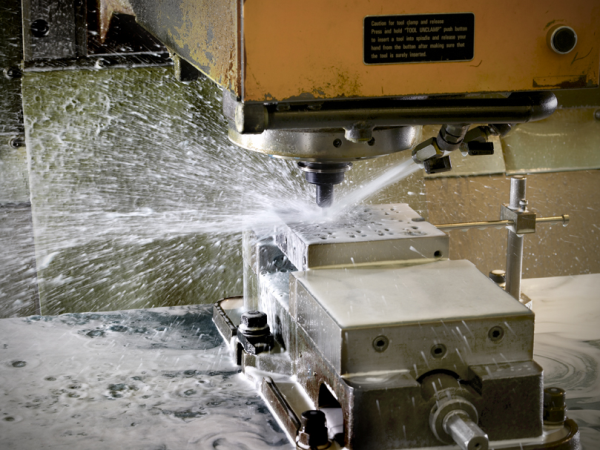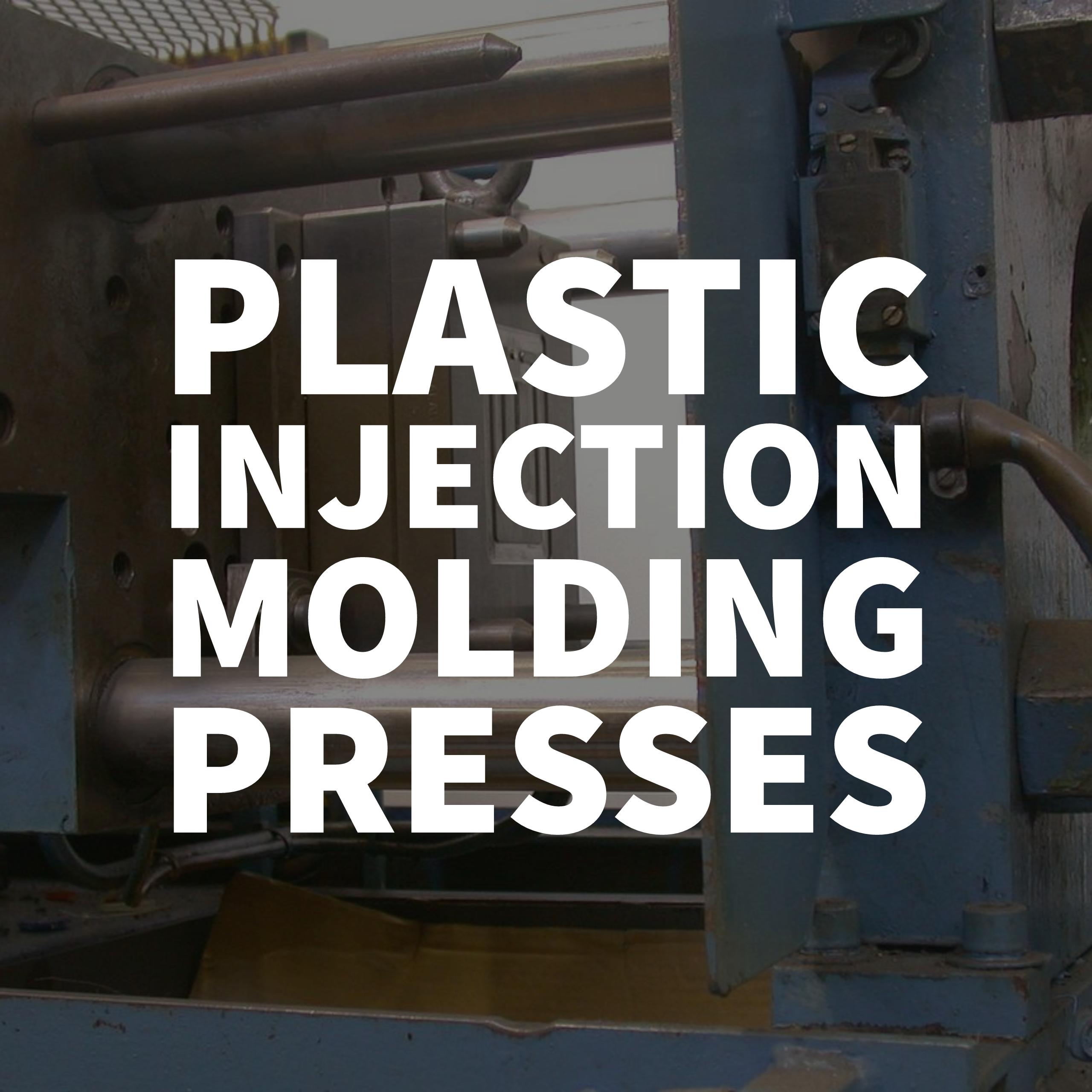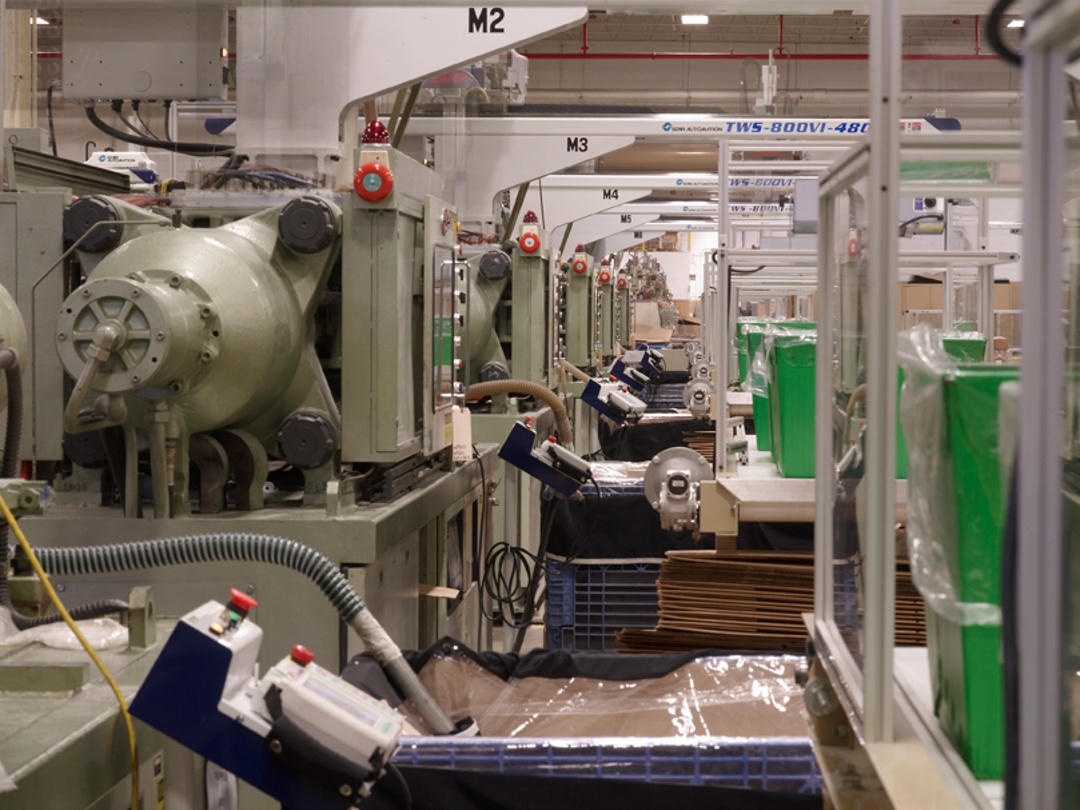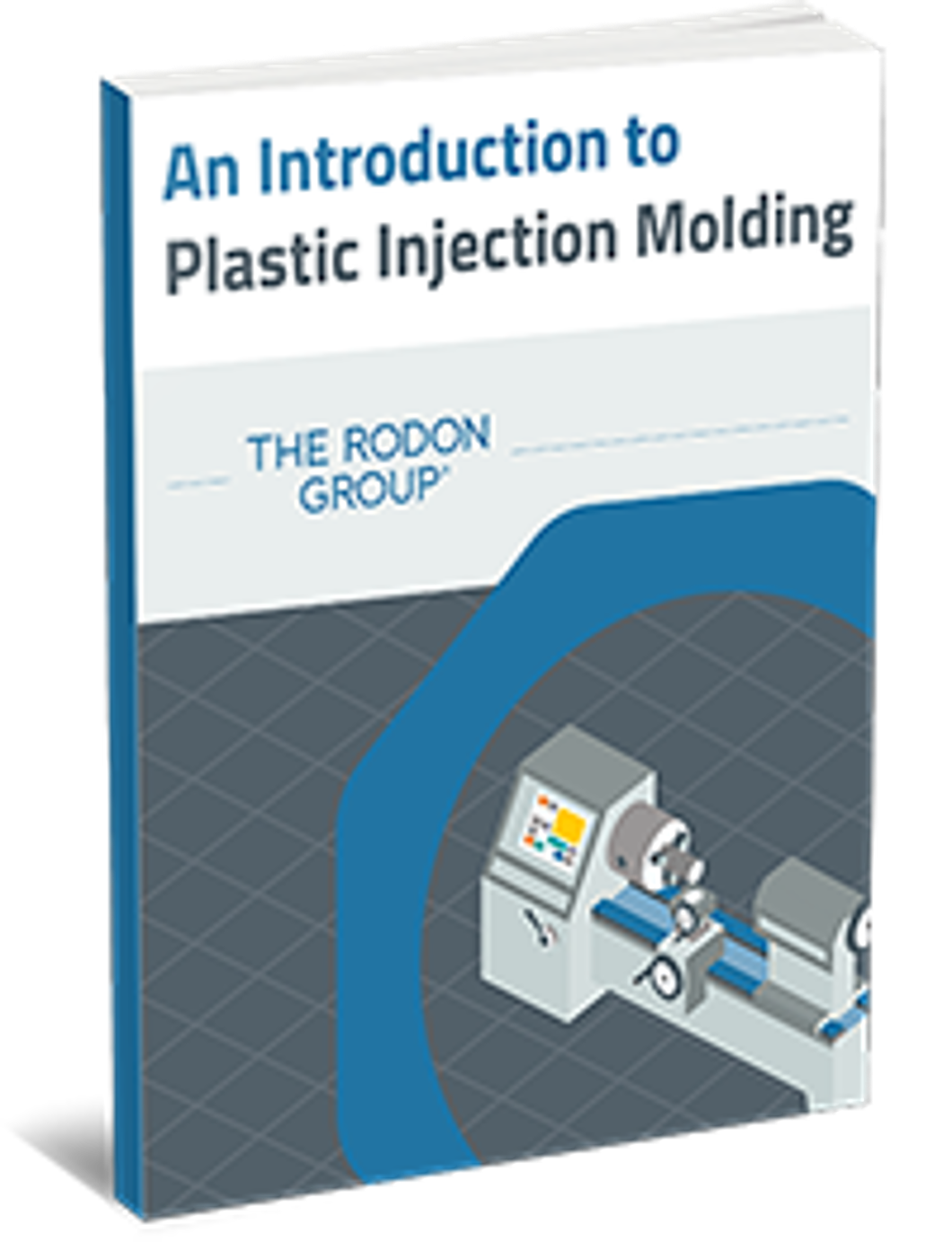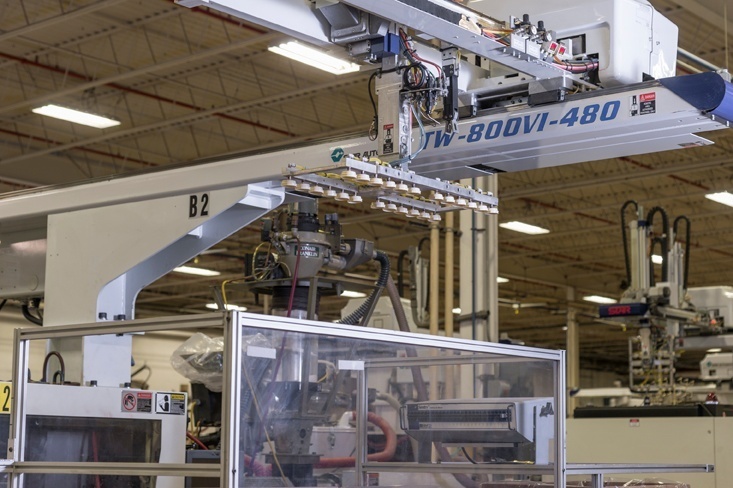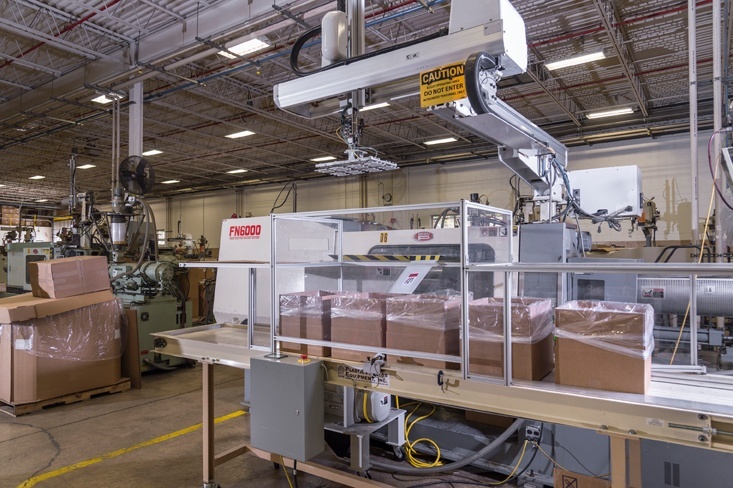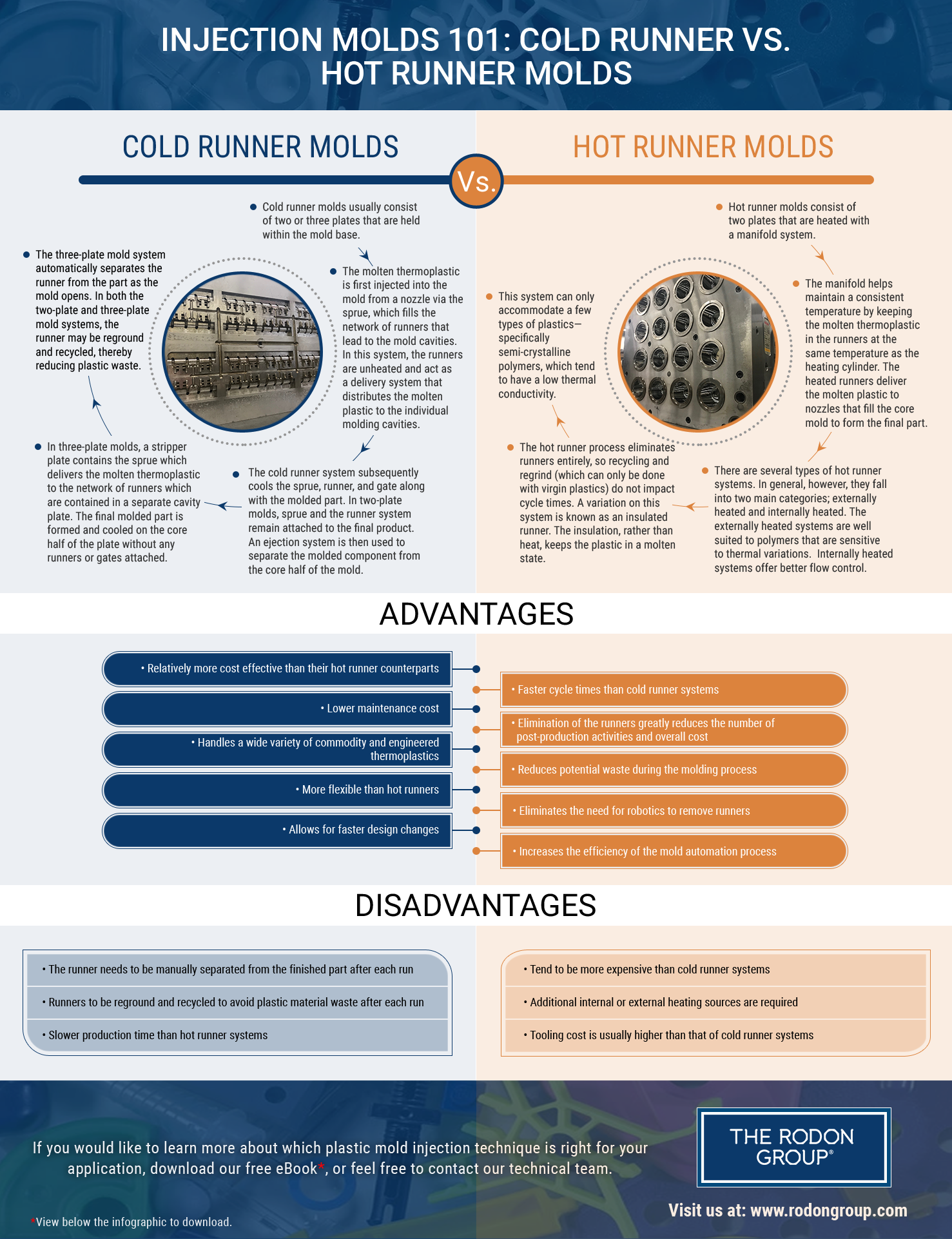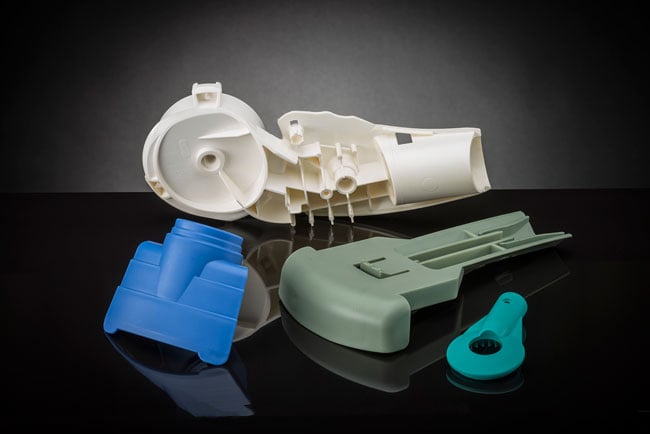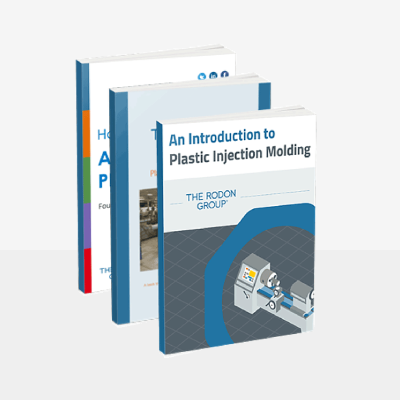Manufacturers use a wide range of different molding techniques to create different components and products, including blow molding, compression molding, extrusion molding, and rotational molding. Injection molding is a popular, versatile, and cost-effective method for producing plastic goods. A heated liquid resin is injected into a mold at high speeds so it fills the entirety of the mold (including any crevices or complex shapes). There, it cools and cures into a hardened plastic form before being ejected for finishing, packaging, and shipping. This process can be used with high-volume and low-volume orders of goods varying in size and complexity.
A perfect, precision part begins with the mold. Building the tool takes time and a great deal of accuracy. It can also represent the largest investment in the manufacturing process, so getting it right is critical to the success of a project. If your goal is to manufacture parts with a high degree of precision in large volumes, the tooling becomes even more complex.
Injection molding presses allow manufacturers to produce a wide range of quality custom parts from high-performance resins. Depending on the press size and type, these advanced machines offer many different performance options and capabilities. To ensure the highest level of quality and value, it’s important to work with a manufacturer that can offer the proper size injection molding press for your particular needs. Here, we’ll go over the key components of an injection molding press to keep in mind when determining the right size machinery for your project.
Plastic injection molding processes are fast, efficient, and precise when conducted by an experienced professional plastic molder using advanced, automated machinery. By using appropriately advanced equipment and automation technology, each manufactured piece will be identical to the initial design file and other units in the order.
Developed with designers, engineers, and purchasing specialists in mind, our completely revised and expanded eBook, An Introduction to Plastic Injection Molding provides a thorough understanding of plastic injection molding processes, presses, and costs. Our goal is to help our customers and followers become more knowledgeable about what goes into making a plastic part.
Plastic injection molding has a language all its own, and with hundreds of unique terms, it can be difficult to learn the language. To help, we put together a list of the 15 more commonly used terms to know when discussing plastic injection molding, mold parts, machinery, materials, and problems. We hope you find this to be a useful resource.
Injection Molding Terms:
Resin
Resin is the raw material used to create the finished part in the plastic injection molding process. With hundreds of commodity and engineering resins available on today’s market, the material selection process for plastic injection molding may seem daunting at first, so research your options carefully, and consult with an experienced plastic injection molder to help determine the ideal choice.
Design engineers have various options when choosing a plastic injection molding process to best suit their specific application. Each of the three primary methods — hydraulic, electric, and hybrid — feature unique benefits and drawbacks. To make the right selection for your project, it’s important to have a full understanding of how these methods differ and what they can offer you.
Ever since its introduction in the late 19th century, plastic injection molding has revolutionized the way we create plastic products. Although the technology has evolved significantly over the years, many injection molds today still fall into two main categories: hot runner and cold runner systems. Each of these systems has their own benefits and limitations which make them better suited for specific applications.
Understanding the differences between these technologies can help you have a more productive and informed discussion with your plastic injection specialist to determine the most feasible option for your unique application.
When engineering the wall thickness of a plastic part, a careful balance of weight, geometry, and budgetary considerations must be maintained. For example, while thick plastic walls offer more strength, they also have a greater tendency to warp during the cooling stage of the manufacturing process.







